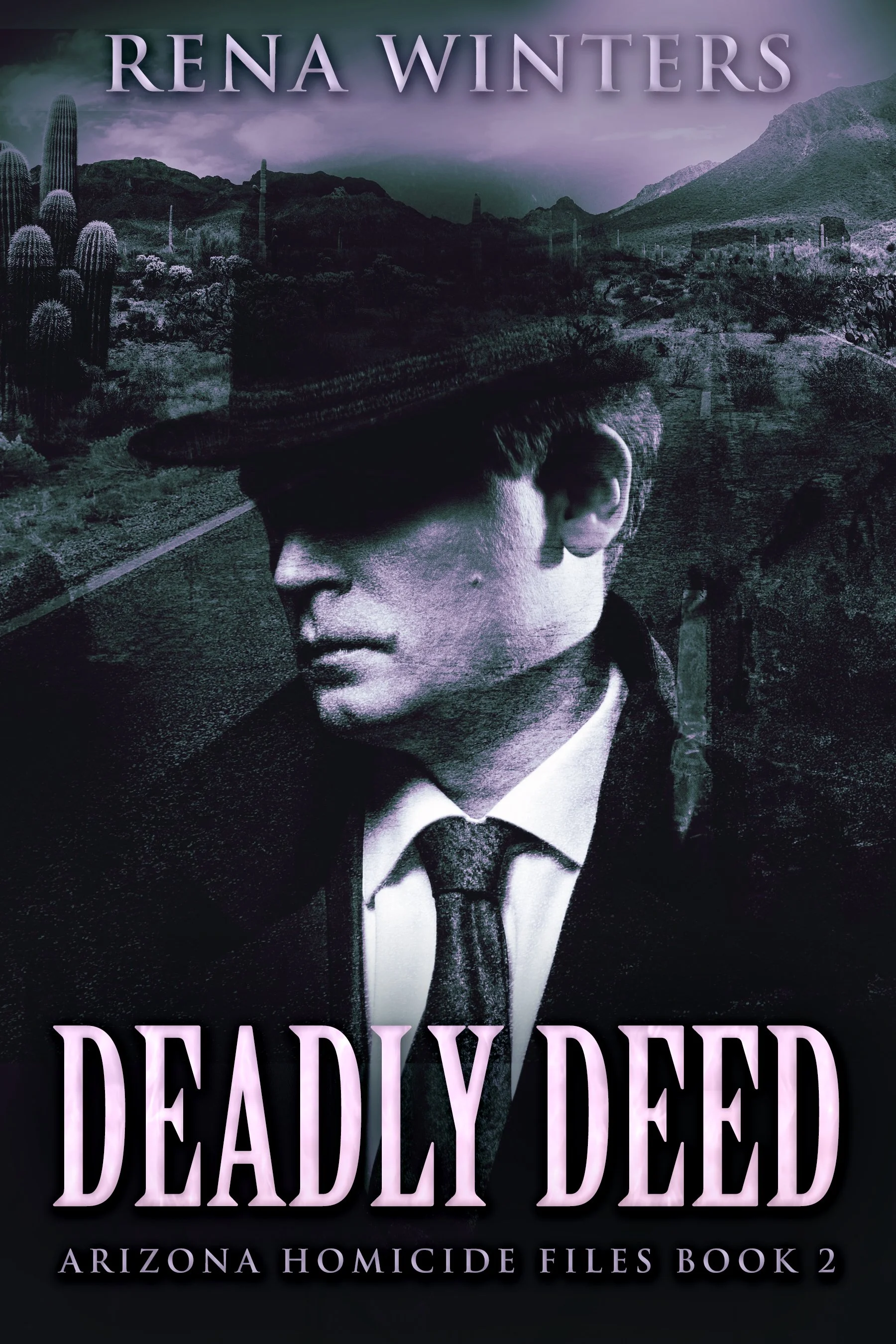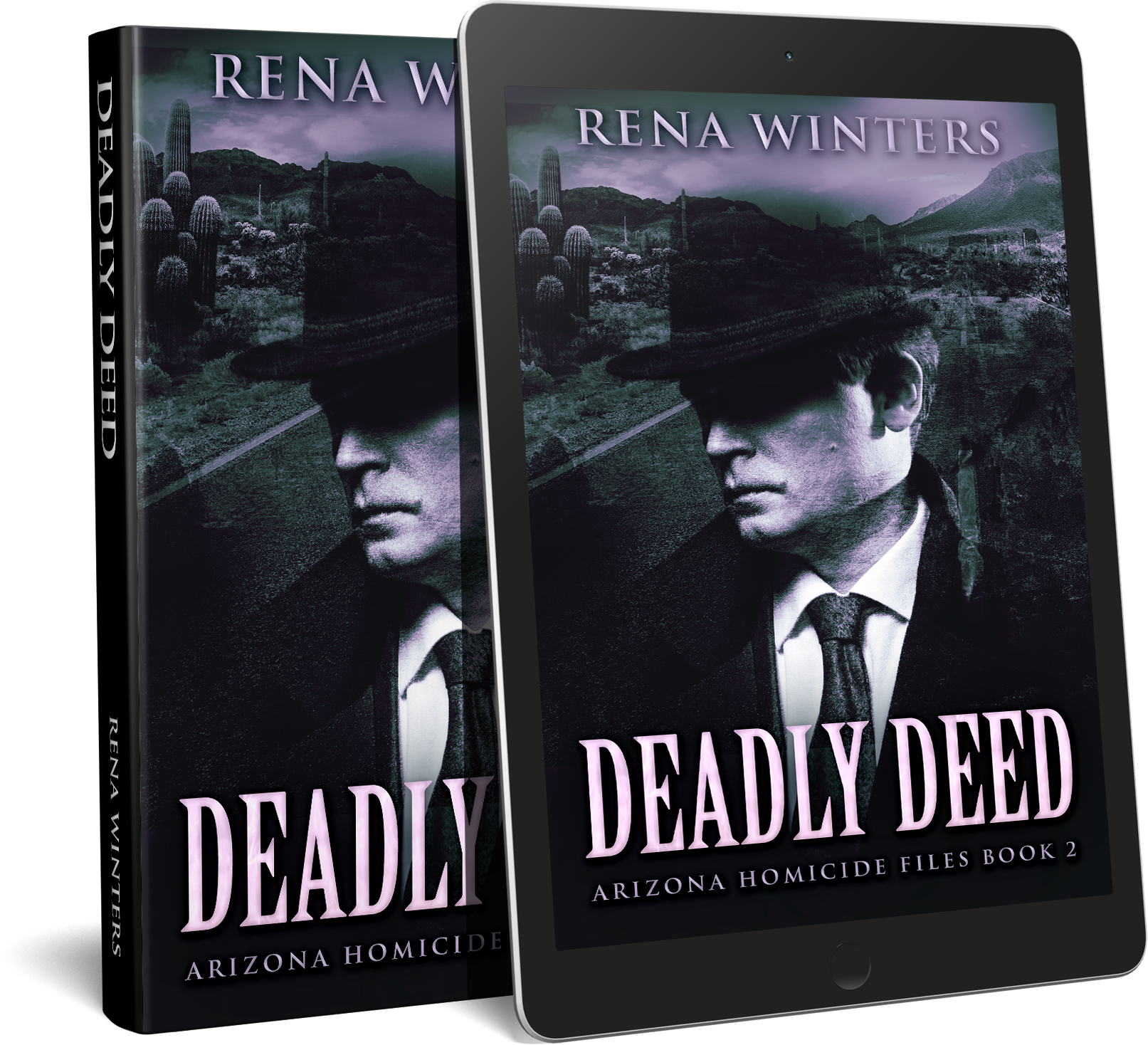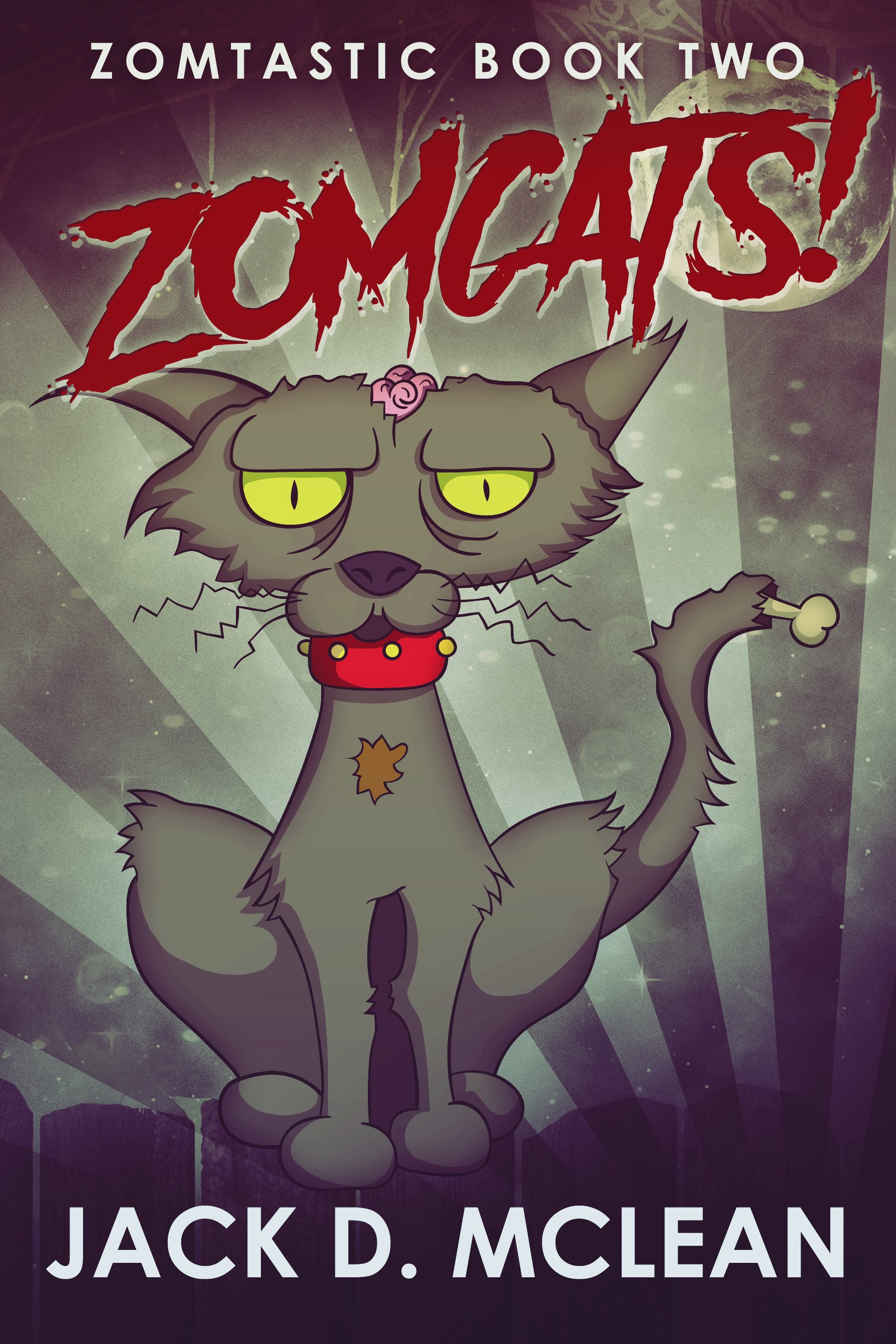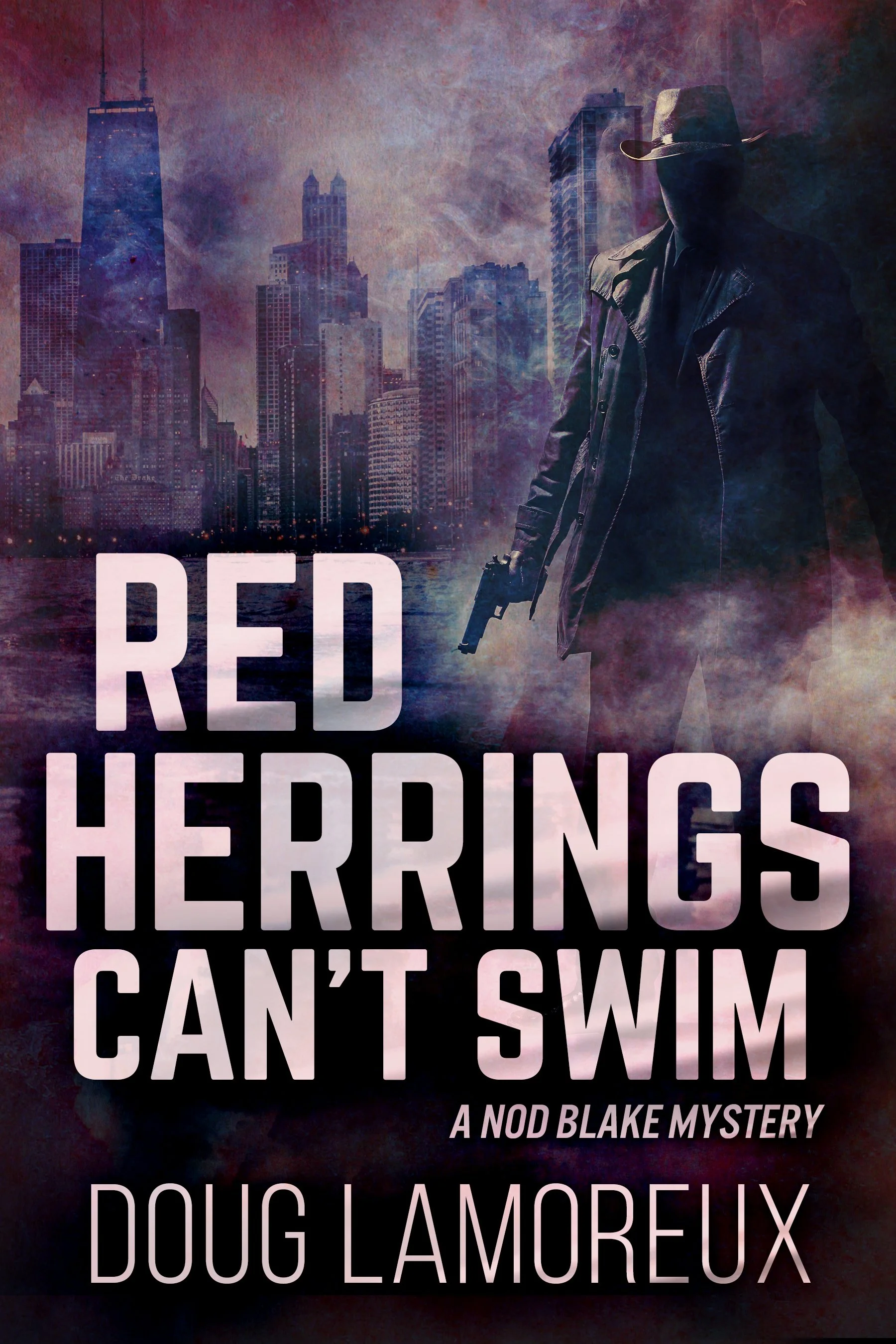Deadly Deed (Arizona Homicide Files Book 2)
Book summary
"Deadly Deed" transports readers to 1950s Arizona, where technology is a far cry from today's advancements. In a world devoid of internet, DNA testing, and even cell phones, investigative reporter Gene McLain, known as "Bulldog" and "Man of Murder," navigates the gritty world of homicide. Employed by a national Hearst newspaper, McLain doesn't just write about crimes; he solves them. This book delves into a true homicide case, showcasing McLain's unique role in an era where solving crimes relied more on wit and less on technology.
Excerpt from Deadly Deed (Arizona Homicide Files Book 2)
Walter Brennan remembers checking his wristwatch on June 1st at 4:05 pm. The Phoenix valley sun shined with a vengeance; minimal traffic occupied the streets, and an outside thermometer boasted a stifling 109 degrees. Walter would join his family for a 6 pm train headed to his home in San Francisco, a beautiful city cooled by the morning fog. In the meantime, Walter escaped to Val Tchaikovsky’s air-conditioned tailor salon, where the lyrical stream of a Mozart sonata filled the air. There was a side joke that Val Tchaikovsky, born in Moscow, disliked most Russian composers but insisted on playing Mozart over and over and over. In fact, Brennan recognized Mozart’s Sonata in “C” playing as he walked into Val’s salon.
Two snowbirds remained in Phoenix—Jerry Goldman, a sixty-year-old retired banker from Denver, Colorado, and Fred McIntosh, a sixty-five-year-old stockbroker from New York. Jerry and Fred were having the final alterations to summer suits they had ordered from Tchaikovsky. In his mid-thirties and known as Rick, a third man was in the fitting room and had removed his pants, preparing to dress in his newly-purchased suit.
The fourth, whose identity was unknown, paced up and down a long rack of lightweight sports jackets suitable for the summer months. This man and Mr. Tchaikovsky were in the middle of a verbal confrontation. As the music moved into the recapitulation movement of Mozart’s Piano Sonata, the sound of a .45 automatic ripped through the air.
The first bullet hit Tchaikovsky in the stomach just above his shiny belt buckle. Tchaikovsky threw his hands into the air, attempting to ward off any more incoming bullets. The second shot entered high in the center of his chest, turning his shirt into a bloody rag, and the final bullet entered the left side of the chest. All three shots left gaping exit wounds in Tchaikovsky’s back.
“That fixes you, you son-of-a-bitch,” yelled the gunman. Tchaikovsky fell backward, blood quickly pooling around his head. “If any of you move, you’re dead,” the gunman added as he backed toward the velvet drape separating the front and the back of the shop.
He pushed the door open where he ran into the Perkins sisters, both taking souvenir photos at the time. The gunman disappeared down the alley while the third man known as Rick quickly dressed and exited through the front of the shop.
Chapter 2
JUNE 2, 11 AM
GLOBE, ARIZONA
It’s a hot, dusty day in the summer of 1953, probably around 110 degrees, and I am driving to Globe, Arizona, at the request of my editor, Ralph “Specs” Bornheim, at the Arizona Republic. You must be crazy, Gene McLain, to take this two-hour, 87-mile drive from Phoenix in the middle of the summer, I think to myself—a bad habit I have, speaking to myself in the third person, that is. Specs smells a story since he read the wire service about a homeless man being found alongside U.S. Highway 60 just outside of Globe. So, here I am sweating like hell—even with the windows down— instead of having a tall, cool drink in one of Phoenix’s local bars, listening to the local gossip and looking for a story.
Globe has been called “one the friendliest towns in the west.” Everyone is your friend, and people don’t wear politics on their sleeves. It’s a small old copper mining town that has not seen any new development since its inception around 1875. Its main street, Broad Street, is still narrow and lined with the original structures from the mining days.
I seek out the local sheriff and inquire about the murdered homeless man found a few days before on the side of the road. The sheriff informs me that murders simply do not occur in Globe, there’s just a tiny resident population, and people get along. He directs me to the medical examiner’s office, who is also the only local doctor in Globe. I arrive at the medical examiner’s office to find an elderly gentleman working over the body of what appears to be the homeless man.
“I am Gene McLain of the Arizona Republic in Phoenix, and I am here to cover the story behind your homeless man and why he turned up on the roadside.”
The medical examiner is not friendly. I take a seat, intending to wait until he can answer some questions, and pull out my notebook.
“This is not a library. You can’t take up residence here. Leave your card on the desk, and I will contact you when I have completed the autopsy,” was the gruff reply from the medical examiner.
I look closer at the body, and it seems to me that he might be an Indian from the San Carlos Apache Indian Reservation, which is just a few miles up the road. It’s hard to tell. The body is covered with dirt, shredded clothing, long hair, and a beard.
“Possibly an Indian, huh?” and I make a note to look into that possibility further.
The reply is harsher this time,
“I will call your paper when the autopsy is complete.”
Well, so much for the friendliest town in the west. It’s been a long drive for nothing. I walk down Broad Street and chat with a few of the locals, but none of them have any idea who the murdered victim might be. This is going nowhere. I stop at the local eating establishment and order a cold Coke. The locals stare—definitely not friendly to a stranger from out of town.
I take a drive out to the San Carlos Apache Indian Reservation and speak to several local Indians hanging out in front of a run-down store. They laugh at my question about any local Indians who have turned up missing.
They say, “Indians go missing every day, wander off the reservation never to return. Some get roaring drunk and return a few days later after they’ve sobered up and run out of money to spend in town.”
They don’t put names to the individuals they are referencing, and the conversation seems to have dried up, so why am I standing in the heat like an idiot. The Indians sit down, and the conversation is over.
I return to my old jalopy, roll the windows down, and start the long drive back to Phoenix. At least evening is approaching, and there seems to be a slight breeze coming up. The drive home should be more pleasant.
Chapter 3
JUNE 3, 8 PM
PHOENIX, ARIZONA
My wife Blondie has put six-year-old Jerry and eight-year-old Larry to bed, and my dinner is waiting cold in the refrigerator. She is listening to the sounds of the radio, dancing around the living room as Teresa Brewer sings “Till I Waltz Again With You,” which now permeates the downstairs of the house.
As she hears me coming through the house, she flips the radio off and stops dancing to greet me. I make a mental note that I need to take my wife dancing more, although I am not much on the dance floor. We head into the kitchen, and she turns the oven on, placing my cold dinner on the rack to heat, which will take a few minutes. She sits down at the table and obviously wants to talk.
“Have you heard the news? You know the murder of the local tailor, Mr. Tachaikovsky. You’ve been by his shop, I don’t know, maybe you have even been inside?”
I know who she is referencing, but I have never been in his tailor shop. His clothes are too expensive for my taste. Besides, I like Hawaiian shirts or loose shirts to wear outside my pants to hide the pistol tucked inside the waistband. I am not a suit kind of guy, which doesn’t exactly please Blondie. She sees cops all day long with uniforms or the detectives and the lawyers with suits. She thinks I am a bit of a slob, but I prefer to be comfortable.
Blondie pulls dinner out of the oven and proceeds to tell me about the killing of the tailor. “He was killed in cold blood, right in front of several people. No reason. No motive. Seems several witnesses heard him arguing with a young man—five to be exact, who identified the killer.”
I assure her that with that many witnesses, it won’t be long until the sheriff makes an arrest.
At that moment, I hear our youngest son hollering from upstairs for his mother to read him a story. She gets up from the table and proceeds upstairs. I finish my reheated dinner in solitude. It’s been quite a day. Tomorrow I will talk with the cops about the tailor’s murder and see what information can be had to follow up. For now, it’s off to a cool shower and bed.
Chapter 4
JUNE 4, 9 AM
ARIZONA REPUBLIC NEWSPAPER
PHOENIX, ARIZONA
I walk through the Arizona Republic with coffee in hand, looking for Specs. I pick up my messages, hoping there is one from Globe, but there isn’t. The ME is really slow in doing his job. Everything moves slower in Globe. Specs doesn’t have any new information to add to what Blondie has already told me about the tailor’s murder, except the police have some kid they think is the killer, a Bob Davis. I return a few calls, make some calls, jot down notes, and decide to wander over to the police station for more information.
Chief Deputy Harry Morse speaks up as I approach, saying, “Well, here comes Bulldog,” and the guys he’s talking with turn around.
“You know why I’m here? I want the names of the witnesses in the Tchaikovsky killing and any information you may have regarding the killer. Have you got him yet? Seems with all the witnesses you must have an identification.”
The guys all laugh. It’s only been forty-eight hours, and they feel confident that the kid they have in custody is the killer. Right now, sitting in the Chief’s office is the killer, and when you ask my old friend, the Chief, for an interview with him, he nods as if it’s almost routine.
“Okay to go in now?”
“OK, sure, Gene. Go ahead. He has calmed down.”
“Calmed down? Why, was the trip from Chicago rough when you brought him back?”
“It’s always tough when young punks like that know that we’ve got them cold. He is a funny kind of kid, funny kid, jumpy, you know. So go on in and see what you think.”
“I won’t take long.”
“My name’s McLain, Bob, Gene McLain from the Arizona Republic. Do you want to talk?
“About what?”
“You know, what I’ve been doing this morning.”
“What?”
“When my paper got word that they were bringing you back, I started looking up the people in town who knew you. Just talking to them and making notes.”
“I don’t know anybody in Phoenix.”
“Sure you do. Alex Fergus said that you stayed at his rooming house for a while. Here, see.”
“What did he say?”
“Not very much. You have a rough time back home, kid?”
“You mean reform school? Partly.”
“What did your teacher back home mean? She told me on the phone that she remembered that you were afraid of the dark.”
“My teacher? Ms. Hodges. Boy, you did a lot of talking.”
“That’s my job. Are you afraid of the dark?”
“Me, look Mr. … McLain. I guess, in a way, I have always been afraid of something. Sometimes it’s okay, like when the grass is getting green, and the sky’s all blue, but then it’s dark and cold, and nobody cares. Real scared like a little kid. Ah, forget it. It don’t make sense.”
“Are you scared now, Bob?”
“Sure I am. That guy that brought me back, he says that I killed Mr. Tchaikovsky.”
“Did you?”
“No … Do you have to go?”
“Now, look at me, Bob. Listen to me, listen to me real hard. Alright. Three witnesses pulled your mug out of the file. Three good, decent, honest people who swear you went into that tailor shop and killed Val Tchaikovsky.”
“But I didn’t.”
“Do you expect me to hear you say that you did? Now look, you knew the place. You worked there once, and you needed dough.”
“Sure I did.”
“Listen, there is more. Right after the murder, you fled, kid. Do you know what that means?”
“Sure.”
“And finally, you’ve got a record for armed robbery. Go ahead, add it up yourself.”
“I didn’t kill him.”
“No, why not? Where were you on the 24th?”
“I told them I was in El Paso. I hitchhiked with a friend.”
“El Paso is 500 miles away. Can you prove that you were there? Where in El Paso? Did anyone see you?”
“I talked to this guy in a tourist cabin.”
“You haven’t told me anything yet.”
“I am trying to. I didn’t kill anybody, Mr. McLain. I got to keep saying it. Don’t you understand? Does anybody believe me? Do you?
“Alright, Bob, I need my head examined. I will go along on a hunch. I will try to help.”
“I tell you, I never killed anybody.”
“Look, son, the cops in this town play square with me. I play that way too. If I come up with something against you, I give it to them. It works both ways, kid. That is the only way I want it. Okay? Okay. Let’s go to work now.”
You listen to this boy, Gene McLain. You see what Chief Morse meant. A funny kind of kid—nervous, jumpy—and I wonder if my hunch is all wrong, but somehow when I look at Bob Davis, I go on trying. I go back to Chief Morse and try again.
“I am not making a big pitch for the kid, but all I say is that if the kid did hitchhike to El Paso, let’s talk to the boy that was with him.”
The Chief says, “We did. The FBI picked him up the same time that we landed Davis.”
“What did he say? Was he with Davis in El Paso?”
“In Chicago, they told the boy that Davis was in trouble, and they didn’t hold him. There was no reason to. By the time that we got there, the boy was gone. Makes sense, doesn’t it? You don’t hang around when your buddy is up for a murder rap, not when you know that they have him cold. Sorry to punch holes, Gene, but this one is cold.”

















Praesent id libero id metus varius consectetur ac eget diam. Nulla felis nunc, consequat laoreet lacus id.